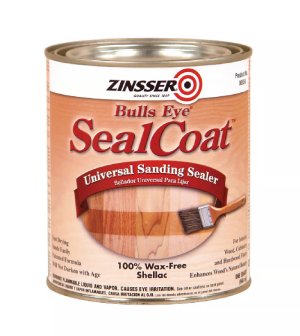PFDarkside
Senior Member
- Messages
- 328
I’ve succumbed to the body sale yet again and my second unfinished body will be arriving tomorrow. Depending on how these go I have the itch for a couple of non-sale, custom ordered bodies for finishes.
Regarding the need to grain fill, use sanding sealer and primer, which woods fall into which camps?
Maple - straight to primer?
Basswood/Alder/Poplar - Sanding Sealer then primer?
Ash/Mahogany - Grain Filler, then Sanding Sealer then primer?
What changes above for transparent finishes rather than solid color finishes?
Thanks for the info, I’m planning on a test piece before I do anything to the bodies, but I’d prefer to have a plan going in, not attempt to reinvent the wheel on the fly!
Regarding the need to grain fill, use sanding sealer and primer, which woods fall into which camps?
Maple - straight to primer?
Basswood/Alder/Poplar - Sanding Sealer then primer?
Ash/Mahogany - Grain Filler, then Sanding Sealer then primer?
What changes above for transparent finishes rather than solid color finishes?
Thanks for the info, I’m planning on a test piece before I do anything to the bodies, but I’d prefer to have a plan going in, not attempt to reinvent the wheel on the fly!


